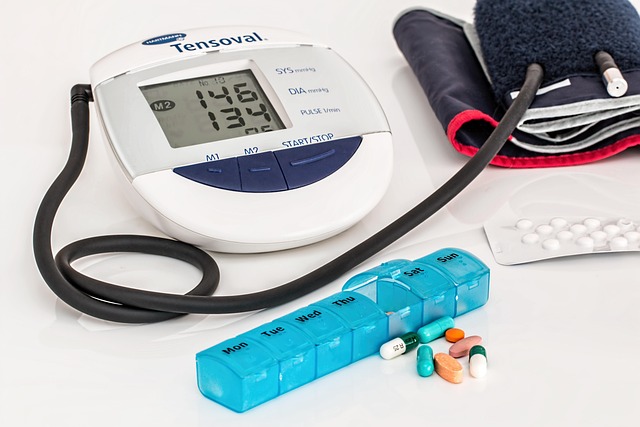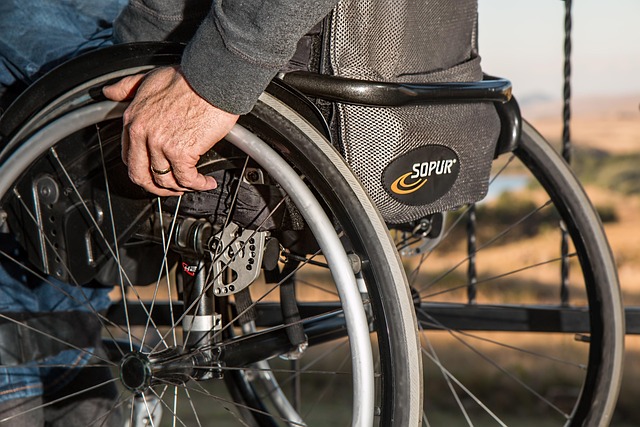Understanding exactly what’s going on inside our bodies, particularly how we process energy, has always felt like peering into a complex, hidden system. For years, gaining insight into our metabolism meant infrequent tests, often requiring fasting or clinical visits. It felt distant, hard to influence directly, and even harder to truly optimize based on real-time needs.
But what if that complex system wasn’t so hidden anymore? What if you could have a window into your metabolic state, not just every few months, but continuously, right as you live your life? This shift is happening thanks to incredible advancements at the intersection of technology and health.
Technological Innovations Bringing Metabolism into Focus
The power to monitor metabolism more effectively stems from breakthroughs in sensor technology and miniaturization. We’re moving beyond traditional blood tests towards devices that can measure key metabolic markers with greater convenience and frequency. Think about:
- Continuous Glucose Monitoring (CGM): While initially a game-changer for diabetes management, CGM technology, often involving a tiny sensor inserted just under the skin, provides unprecedented insight into how different foods, activities, and stress levels impact blood sugar in real-time. This isn’t just for diabetics; athletes and health enthusiasts are using it to understand their personal energy dynamics.
- Wearable Lactate Sensors: Emerging technologies are developing non-invasive or minimally invasive sensors that can measure lactate levels in sweat or interstitial fluid. This is crucial for understanding muscle fatigue and optimizing exercise intensity.
- Advanced Biometric Trackers: While not directly measuring metabolites, sophisticated wearables now combine heart rate variability, sleep patterns, activity levels, and body temperature data to provide a more holistic picture that correlates with metabolic function and recovery.
- Future Possibilities: Research is ongoing into sensors that could measure a wider array of metabolites directly from sweat, breath, or even non-invasively through optical methods, promising an even deeper understanding.
These innovations are making data collection less burdensome and more integrated into daily life, moving metabolic monitoring out of the lab and onto or into our bodies.
Health Innovations Powered by Metabolic Monitoring
The real-time, granular data provided by these sensors is fueling a revolution in personalized health and wellness. This isn’t just about tracking numbers; it’s about actionable insights that empower individuals and healthcare professionals:
- Personalized Nutrition: Understanding how *your* body specifically responds to different foods or macronutrient ratios allows for truly tailored dietary choices, moving away from one-size-fits-all advice.
- Optimized Exercise: Real-time data on glucose or lactate can help athletes and fitness enthusiasts time their fuel intake perfectly, avoid bonking, and train more effectively based on their body’s immediate needs.
- Proactive Health Management: Continuous monitoring can help identify subtle metabolic dysregulation patterns early, potentially before they lead to chronic conditions like type 2 diabetes or metabolic syndrome.
- Improved Condition Management: For those managing conditions like diabetes, the precision offered by CGM and similar sensors leads to better control, fewer complications, and a higher quality of life.
- Enhanced Recovery: Monitoring metabolic markers alongside sleep and activity helps individuals understand when their bodies are truly ready for the next challenge, preventing overtraining or burnout.
By making the internal workings of metabolism more visible and understandable, these technological health innovations are shifting the paradigm from reactive treatment to proactive, personalized wellness. It’s about providing individuals with the information they need to make informed decisions about their health, moment by moment.




